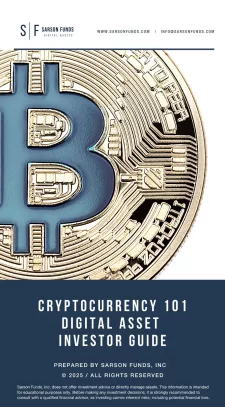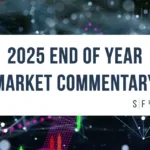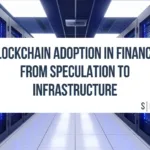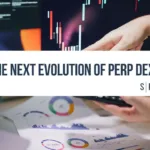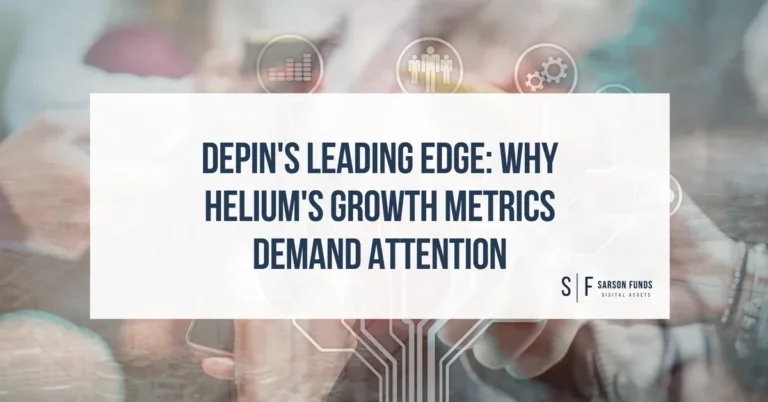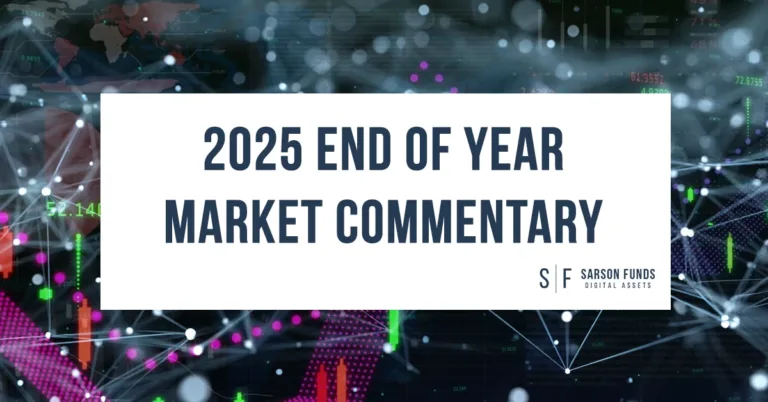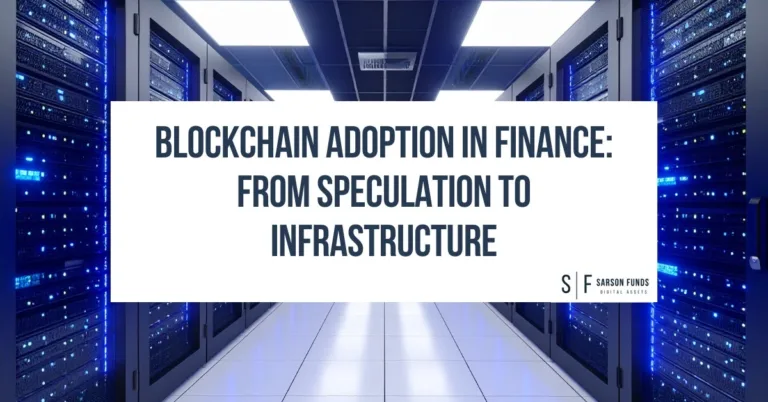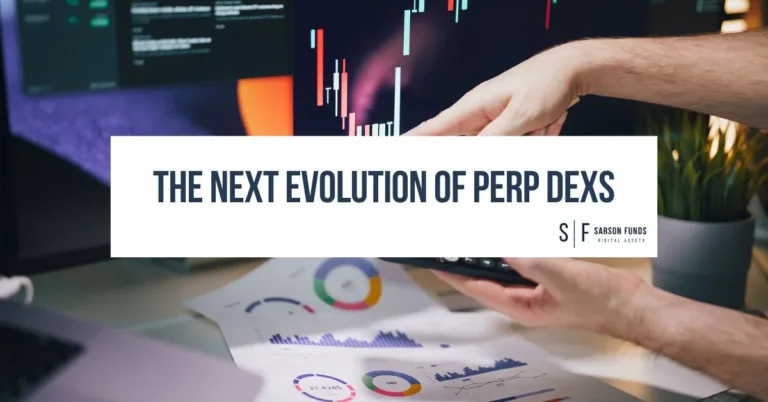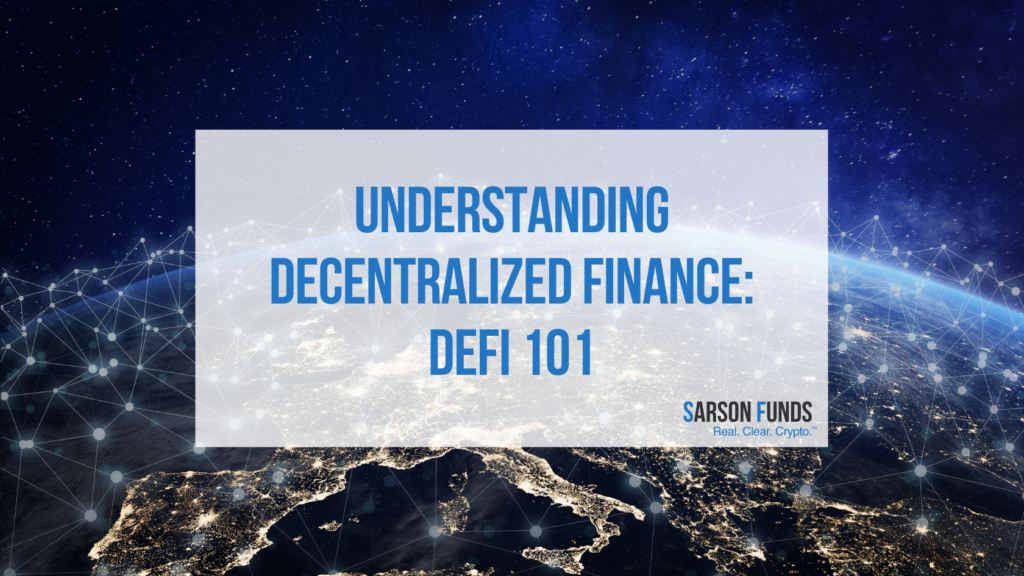
In 2020, the cryptocurrency market cap surpassed $1 Trillion. This year, you owe it to yourself to learn how you can get involved in digital asset investment opportunities.
We get it. We live in a digital age full of constant technological changes – keeping up with these changes can be overwhelming. This is especially true for digital assets like Bitcoin. With access to an abundance of information on the topic, sometimes it can be hard to make sense of new terminology and the cultural memes born from societal change. As this ecosystem surfaces, it can be hard to understand even the most basic terms that industry experts take for granted.
Despite the seemingly overwhelming nature of the digital asset industry, it really isn’t so complicated once you learn the basics. In our view, once you understand the basics, you’ll see that adding digital assets to your portfolio is one of the most critical investment decisions you’ll ever make. That’s why we left Wall Street – to bridge the gap between crypto and traditional finance. You don’t want to be on the sidelines for this emergent industry.
Start your cryptocurrency and blockchain education with some basic themes and terminology, here:
Decentralized Finance (DeFi)
Decentralized Finance, also known as “DeFi,” refers to a broader series of financial services that uses blockchain technology to reimagine traditional finance. Using publicly available and verifiable ledger systems, DeFi systems support financial transactions that remove many of the costs of counterparty risk. For example: instead of paying an organization to act as an escrow service, you’d use software known as a smart contract to verify financial transactions.
One example of how DeFi is changing the world is how money is transferred through it. Global remittances total nearly $700 billion a year. Remittance services typically charge high fees and take time to transfer money from one country to another. With DeFi, those transactions can be done rapidly, for a fraction of the cost, and are done directly from peer to peer, offering a more private and secure transaction.
According to the OCC, DeFi is on pace to overtake traditional financial services.
Smart Contracts
But what exactly is a smart contract? And why does it matter whether there are 3rd parties involved in a transaction? Smart Contracts are a new type of software that facilitate a cryptographically secured transaction on a blockchain. Smart Contracts function as rules written in code which dictate the execution of the transaction.
Decentralized Applications – DApps and DEXs
Decentralized Apps (DApps in the crypto world) are unique applications that use smart contracts for different purposes. Smart Contracts have allowed for the creation of decentralized exchanges (DEXs), which are smart contracts that facilitate peer-to-peer market making using complex smart contracts, rather than relying on 3rd party clearing houses, broker/dealers and bank custodians. These applications run exchanges using a permissionless network (no 3rd parties are involved), therefore making DEXs secure. Popular DEXs include Compound and Uniswap.
You may be wondering, why wouldn’t you just use a centralized exchange like Robinhood or Coinbase? The real value behind decentralized applications like a DEX is that you own and maintain custody of your asset up until the transaction takes place. The application cannot restrict your ability to transact with any asset as what recently occurred with the Robinhood’s restriction of Gamestop stock.
Becoming your own Bank: Decentralized Lending Platforms
Lending platforms offer a flexible alternative to traditional banking services. They provide users the ability to borrow and lend cryptocurrencies on a peer-to peer network, insinuating the idea of “being your own bank.” Privacy is heightened as classic bank requirements such as identity and credit scores are not required through the platforms.
Stablecoins
Most people are familiar with Bitcoin and the cryptocurrency industry because of industry wide price volatility. Stablecoins were created as a way to mitigate volatility risk in the DeFi space. These coins are pegged to the value of traditional fiat currencies. For example, USDC is a stablecoin pegged to the U.S. Dollar.
Decentralized finance is in for a wild ride in 2021. As you follow along, it will be critical to be educated on what powers these technological advances and how they are changing the future of finance.
Final Thoughts
At Sarson Funds, we understand that you’re not going to jump straight into a new investment opportunity without educating yourself first. That’s why our core mission is to thoroughly educate financial advisors on this emergent investment class with Wall Street-grade standards. To learn more about how digital assets can support your investment objectives, stay tuned for more educational materials or reach out to schedule an appointment with one of our experts today.
STANDARD CTA
For more updates on the world of digital assets, follow the journey via our Twitter, LinkedIn and Facebook, or here at: https://sarsonfunds.com
By Abigail Almonte
Disclosures: Not investment advice. It should be assumed that Sarson Funds or its affiliated managers hold positions in all projects that are discussed. It is not possible to invest in any project directly through Sarson Funds, Inc. or its affiliated managers. Any investment product offered by managers affiliated with Sarson Funds should be assumed to be only available to Accredited Investors and subject to the individual terms and conditions of that offering including but not limited to those eligibility requirements associated with U.S. Securities Regulation D, section 506c. Talk with your financial advisor before making any investment decisions or have them contact Sarson Funds directly at [email protected]

